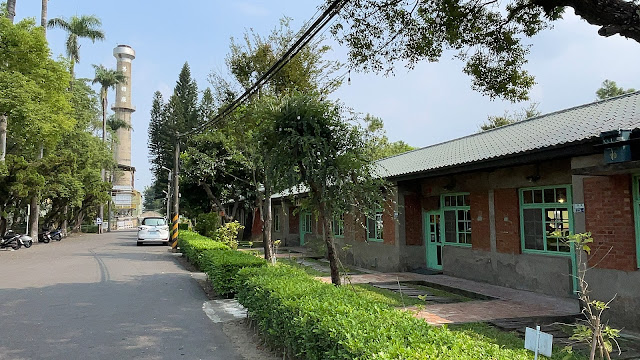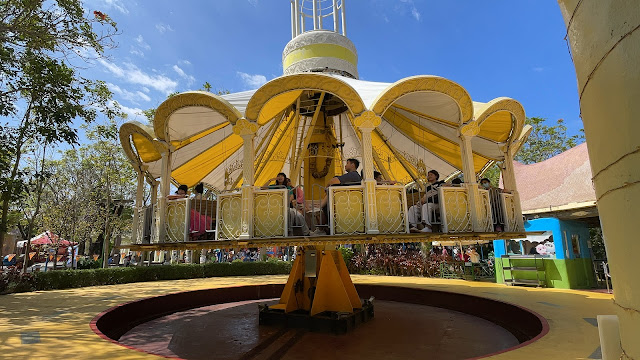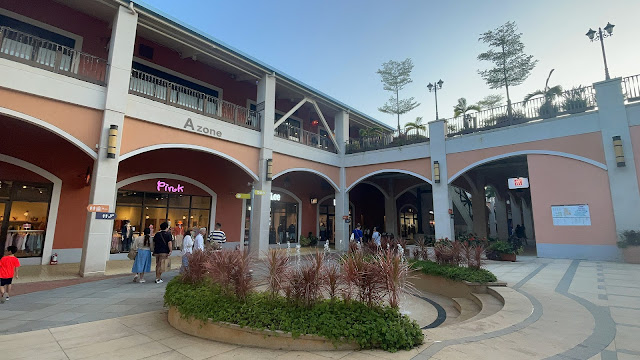It's been over a year since we moved out of Tainan, so I haven't seen my friend for a couple of months. She went to Poland with her kids this summer, but she is back now and we're going to Tainan this weekend, providing a good opportunity to meet up.
The Shanhua Sugar Factory in Tainan County is one of the two remaining sugar factories that still conduct sugar cane crushing. Although it's impossible to visit the factory inside, you can take a walk around the park, which features several Japanese-era buildings. Nearby, there is an elementary school / kindergarten where we arranged to let the kids play together. Despite having only two hours to meet, time passed so quickly. It's unfortunate that it's so far away from where we currently live. Apart from one Polish girl who has already moved out of Tainan, she was the only Polish friend I frequently met.
I miss Tainan a lot. Personally, I find the people in Miaoli a bit unwelcoming, not just towards foreigners, but also to all non-Hakka people. Perhaps the common perception that Miaoli is a place with reserved locals is true. While I don't want to be swayed by others' opinions, after living here for a year, I've noticed that people seem more distant and less friendly compared to the warmth I experienced in the South. Even during my previous stay in Hsinchu, it was easier to strike up conversations with strangers, and people were more willing to offer help. That same sense of connection seems to be lacking in Miaoli.
Perhaps this feeling is confined to our particular neighborhood? I'm not entirely certain, but it appears that most of the friendly people we've encountered here originally hail from other counties, such as Kaohsiung or Chiayi, and their approach and mindset are different. Even in places like kindergartens or parks, people seem reserved and rarely engage in conversation with strangers. In the past, I used to be more reserved and didn't necessarily enjoy people approaching me, but now I'm more open to it. In the South, where I used to live, the neighborhood was incredibly friendly, and I would often have brief chats, despite my limited Chinese proficiency. It was also much easier to sell cakes there. I miss Tainan, especially after last weekend when I visited to meet a friend I hadn't seen in almost two years.
If you'd like to learn more about the Shanhua Sugar Factory, you can check out this post: HERE
We had lunch in Madou and dinner in Tainan City. I'd like to recommend these two shops that I really enjoy for their delicious food. At least the one in Madou is super popular and always crowded with people. That night, we drove to Yunlin to stay at my parents-in-law's place before heading back home the next day.
We also visited the Jianguo Military Village to see the progress of the ongoing renovations, but it seems that there hasn't been much progress, and there's still a lot to be done. They are also renovating the train tracks. I hope they'll finish before this year's sugar cane season starts, which should be pretty soon.
























































































